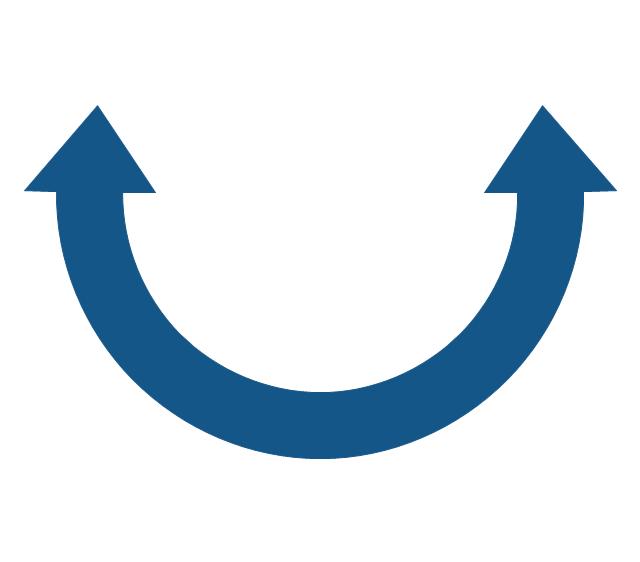

In mathematical logic, a right-facing arrow indicates material conditional, and a left-right (bidirectional) arrow indicates if and only if, an upwards arrow indicates the NAND operator (negation of conjunction), an downwards arrow indicates the NOR operator (negation of disjunction). Dual voltage LED lamps for long life and low power consumption. Upward arrows are often used to indicate an increase in a numerical value, and downward arrows indicate a decrease. They are widely used on signage and for wayfinding, and are often used in road surface markings. ( July 2019)Īrrows are universally recognised for indicating directions. The double-headed arrow representing logical equivalence was introduced by Albrecht Becker in Die Aristotelische Theorie der Möglichkeitsschlüsse, Berlin, 1933. Use of arrow symbols in mathematical notation is still younger and develops in the first half of the 20th century.ĭavid Hilbert in 1922 introduced the arrow symbol representing logical implication. In a further abstraction of the symbol, John Richard Green's A Short History of the English People of 1874 contained maps by cartographer Emil Reich, which indicated army movements by curved lines, with solid triangular arrowheads placed intermittently along the lines. The arrow can be seen in the work of Paul Klee. Arrow symbols are a collection of text symbols that you copy and paste to any text editor or chat app. Ī trend toward abstraction, in which the arrow's fletching is removed, can be observed in the mid-to-late 19th century. Regulatory signs inform road users of traffic laws or regulations which, if disregarded, is an offence. At about the same time, arrow symbols were used to indicate the flow of rivers in maps. The arrow is here used to illustrate the direction of the flow of water and of the water wheel's rotation. An early arrow symbol is found in an illustration of Bernard Forest de Bélidor's treatise L'architecture hydraulique, printed in France in 1737. Alternatively, you can type '21cb' into your. Click on the reversible reaction arrow and then click the 'Insert' button. Use of the arrow symbol does not appear to pre-date the 18th century. In the Insert tab, click on the 'Symbol' drop-down menu and select 'More Symbols.' Click on the Subset drop-down menu and select 'Arrows.' If you don't see this option, select 'Times New Roman' in the Font drop-down menu. So f: A B is a bijection between A and B. Otherwise when dealing with functions, might also be used to denote a bijective function. The convention of marking the eastern direction with a cross is older (medieval). In the area of logic, is usually used for ' if and only if ' instead of (because who wants to bother drawing that second line all the time). 1504 first used the fleur-de-lis as indicating north in a compass rose An older (medieval) convention is the manicule (pointing hand, 👈).


 0 kommentar(er)
0 kommentar(er)
